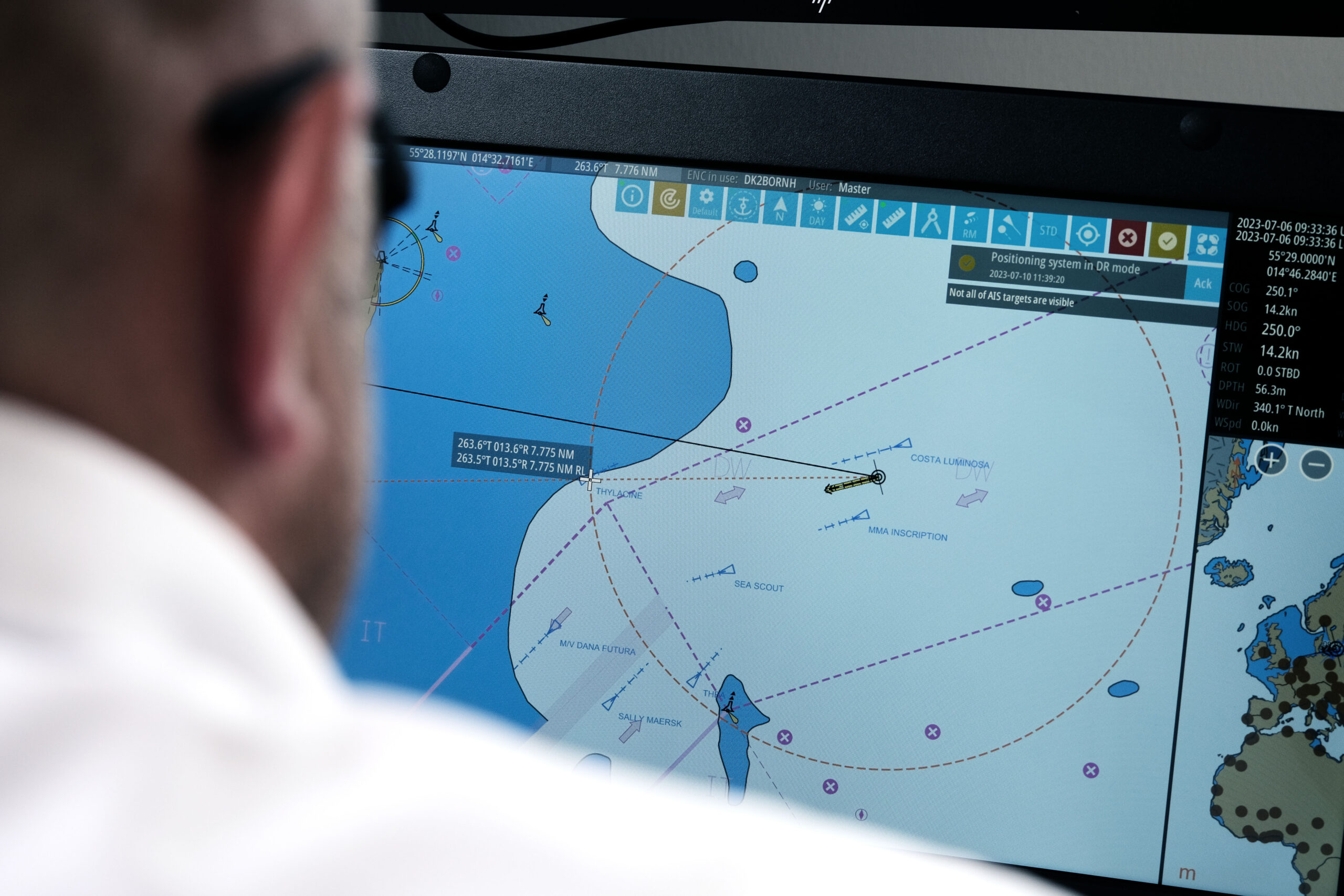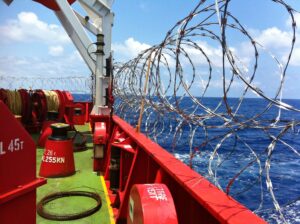The Danish Emergency Management Agency has now approved that Danish pilotage company DanPilot and maritime tech company Danelec after six years of development can start a worldwide first test program for remote pilotage.
The remote pilotage program will take place during a period of up to 18 months and will include approximate 50 pilotages in the Kattegat and the western Baltic Sea with a draft under 13 meters.
For the first time, it allows pilots to guide selected ships through Danish waters without boarding them physically.
Instead, the operation is carried out from a control center in the city of Randers, removing the most hazardous part of a pilot’s job: the physical boarding of ships.
The remote pilotage is based on Danelec’s technology, which collects and transmits key data from the ship including course, speed, and position via the ship’s Voyage Data Recorder (VDR).
This data is transmitted in real time to DanPilot’s control center in Randers. Here, the pilot uses Danelec’s software to analyze the information and provide accurate navigational guidance without being physically present on board.
DanPilot notes that the test is conducted in collaboration with a range of shipping companies, including Maersk, which contributes ships operating in the test area.
Erik Merkes Nielsen, CEO of DanPilot says that “Remote pilotage makes our work safer and helps reduce both CO₂ emissions and operational costs for our customers. We have worked intensively towards this for six years, and now we can finally test it in practice. It has the potential to become a major paradigm shift in how pilotage is carried out.”
Casper Jensen, CEO of Danelec, says that “Remote pilotage is not only a technological breakthrough – it is a strategic step towards safer and more sustainable shipping. We are proud to deliver the technological infrastructure that enables safe navigation without the physical presence of a pilot. Here, cybersecurity – a cornerstone of our technology – is a prerequisite for implementing the solution safely and at scale in the global maritime sector.”



